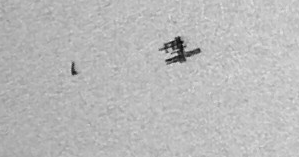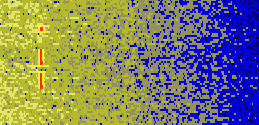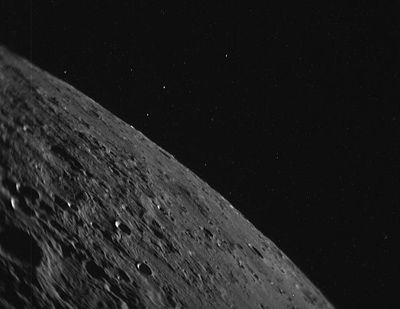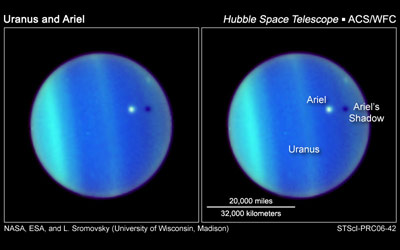I recently got a nice digital shortwave receiver, the
Degen 1103. It's pretty nice, but this isn't a place for a review. In addition to shortwave, it receives the FM and AM broadcast bands, plus a frequency region below the AM broadcast band known as low frequency (LF) or longwave.
This
band is defined (PDF) as 300kHz down to 30kHz. From 525kHz (the bottom of the AM dial) to 300kHz is technically still medium-wave but feels miles away from the AM band. It is mostly used for radionavigation for aircraft and ships, plus there are small allocations for the WWVB time broadcast at 60kHz and the 500kHz maritime distress frequency.
It's been neat to scan this new piece of spectrum I've never listened to before. Once you get past all the horrific noise (from
switching power supplies, powerlines, etc. you start to hear the morse code IDs of all the radionavigation beacons around the airports near you.
In Chicago, I've heard five stations and if you record the morse code IDs, you can find where they broadcast from.
frequency(kHz) / ID / bearing(degree) / power(watts) / location / airport
There is also a slow "T" morse code beacon at 317kHz-318kHz, repeating precisely every 23 seconds, that I've been unable to identify. It's faint enough that I can't find the direction because I only hear if I null out all noise, which has it NE/SW.
DXinfocentre has a NDB list that is handy for quick ID. You can get a lot (by a lot I mean a lot) of more info if you enter the morse ID into
Airnav's system hereTake the coordinates from either site and paste them into
Google Maps to quickly locate the beacon.
Most of the beacons line up with runway approaches at the various airports, although RZL's is just at the airport itself. In the case of "ME", you can see it's an active approach
here. and
here. and
here.
What's neat about the bearings (which came from the Degen's internal loopstick AM antenna), is that you can figure out where you are in relation to each beacon. Two beacons, roughly 90 degrees apart at your location, can give you a good fix about where you are. Any radio with an internal antenna like the Degen can be used like this for direction finding: the antenna is most sensitive to the front and back of the radio (as the loop inside is usually mounted horizontally lengthwise in the radio).
The Degen 1103 suffers from overloading from strong AM radio stations, and it exhibits a lot of fake radio stations (called images) in the longwave band that are just nearby transmitters.
There are other beacons and radio stations out there in this band (Europe has a whole set of actual commercial radio stations down there), but I haven't heard them with all the noise in the neighborhood. It looks like I'll need to make a better antenna to catch anything else than these stations.






